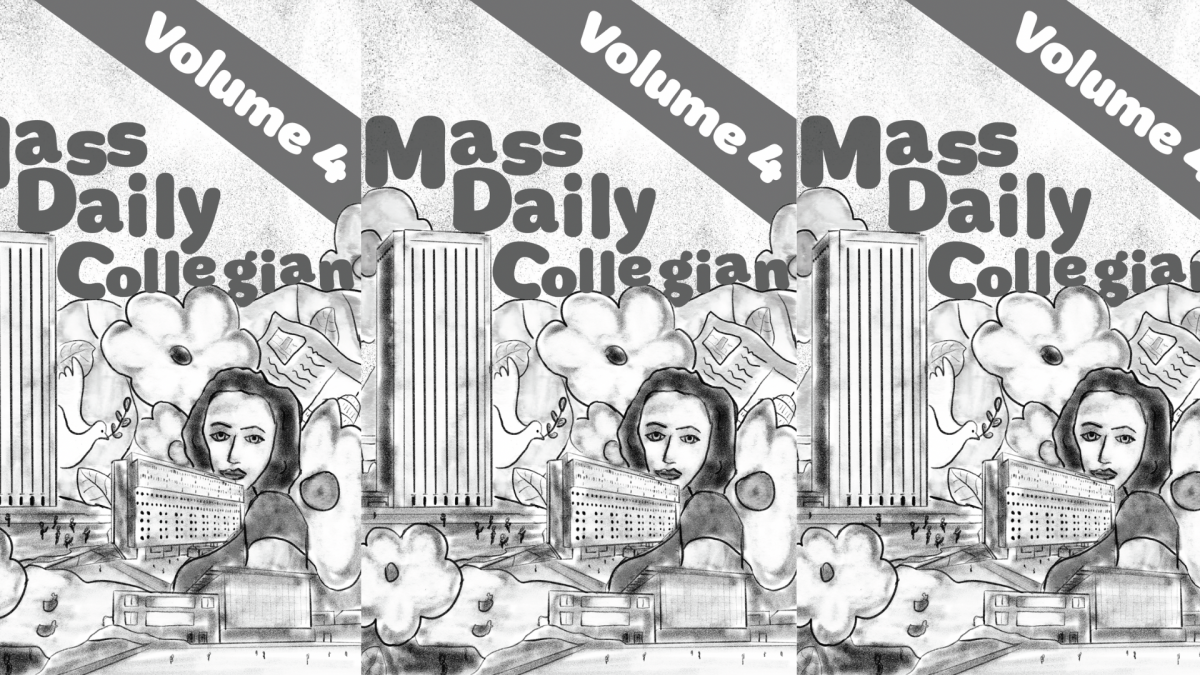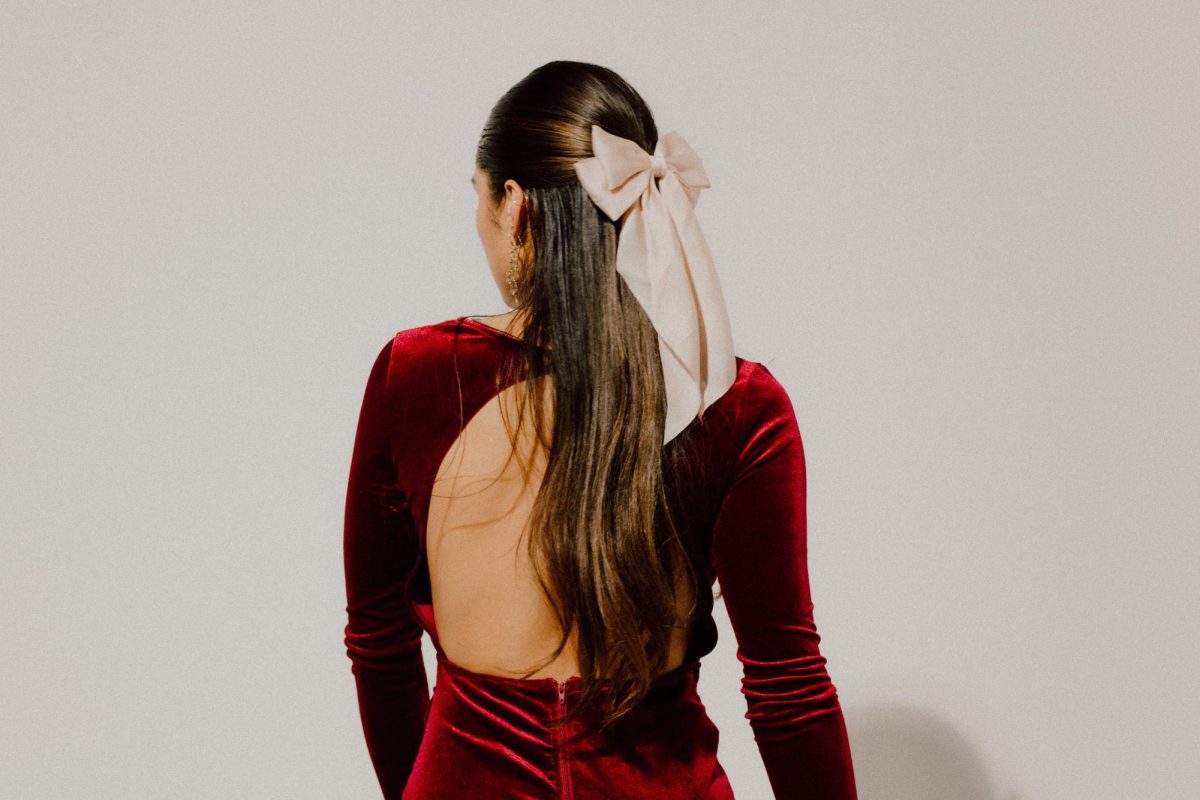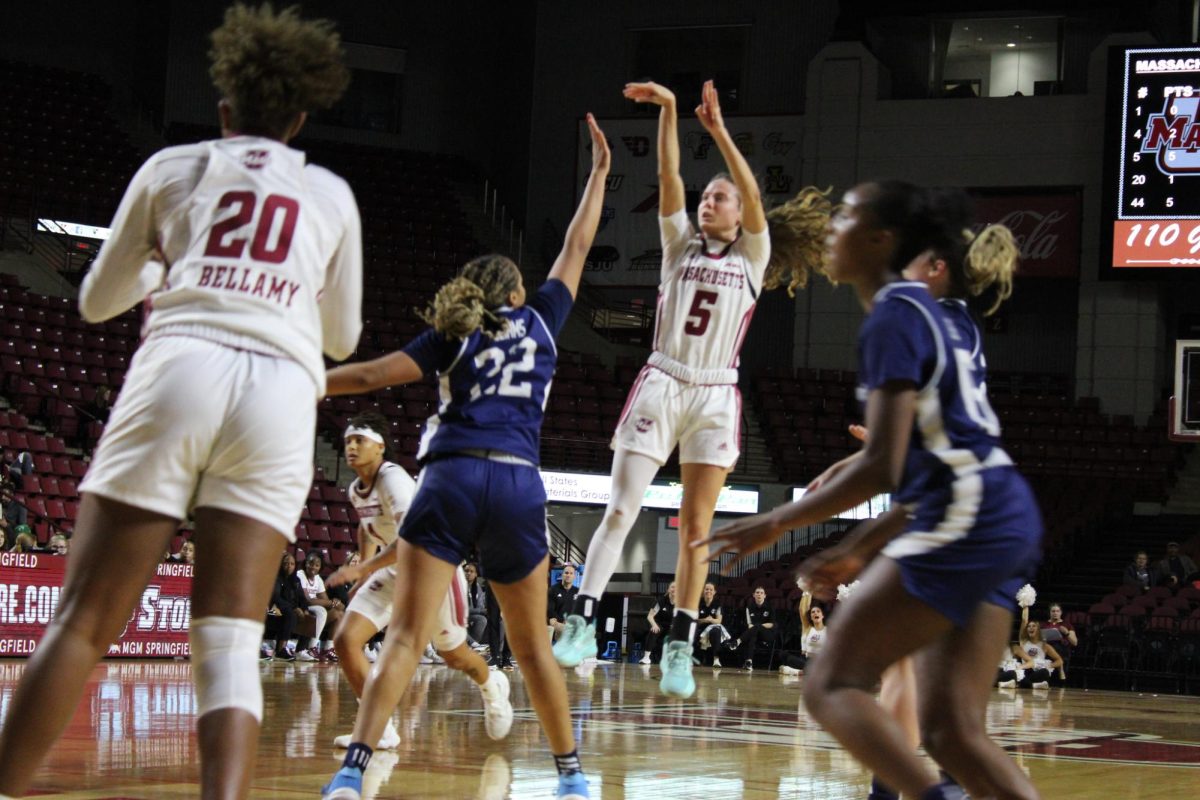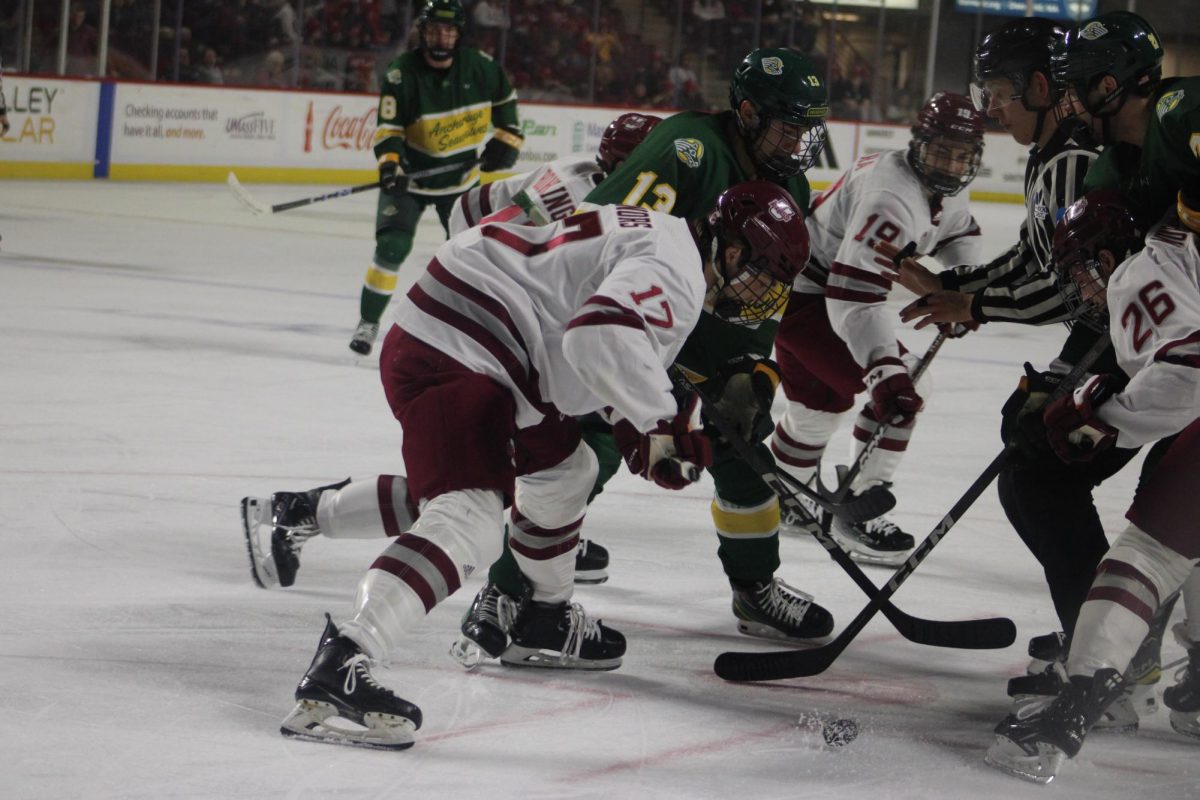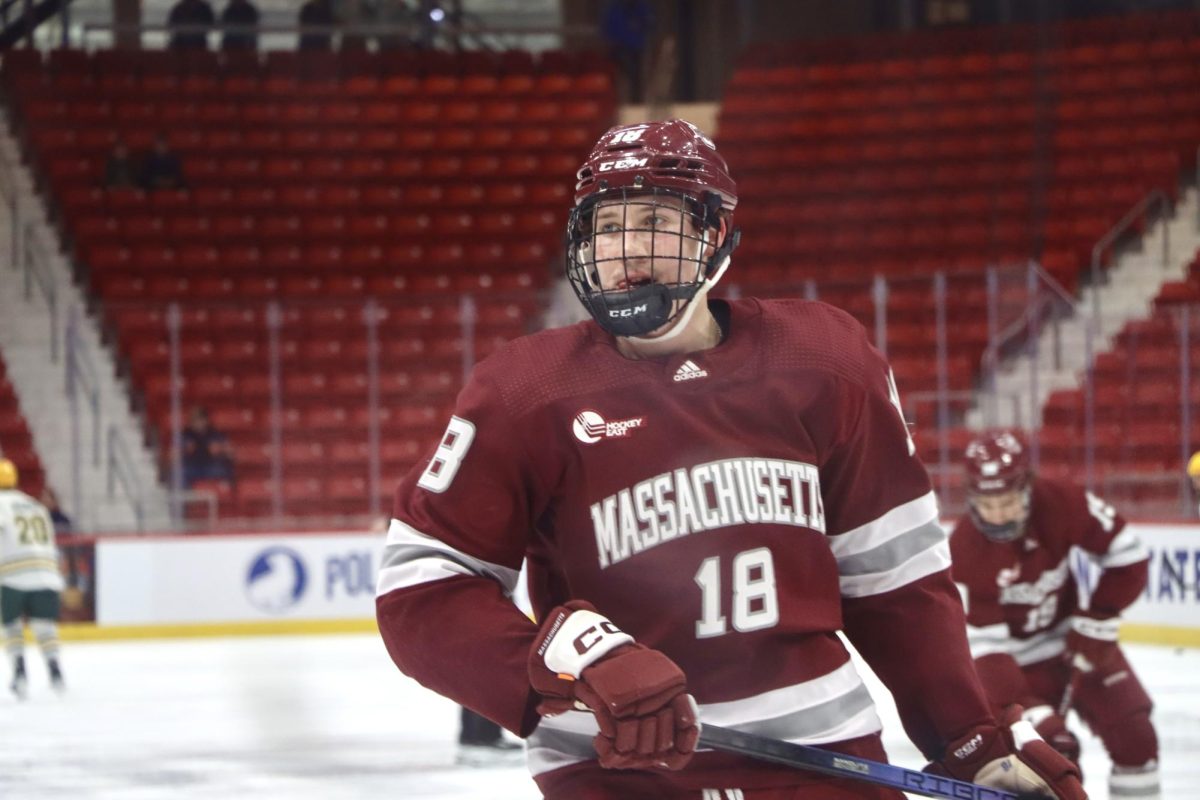The past few years brought us an abundance of lesbian and sapphic representation on the small screen, but at what cost? From the anxiously awaited final season of “Killing Eve” to the premiere of new shows like “A League of Their Own” and “Paper Girls”, television has seen a significant uptick in sapphic characters and storylines. Despite this surface-level victory, there remains a deeper issue lurking in the shadows of these touted achievements in visibility.
Why, for instance, do shows that center lesbian stories and characters get canceled after one or two seasons when they garner positive critical reception and a devoted fanbase? Why do these shows so often end in tragedy or otherwise hastily cobbled together conclusions that leave viewers unfulfilled and wanting more? These questions bear the scars of a demographic who have been repeatedly burned by an industry that has proven it does not care about them.
This phenomenon cannot be dismissed simply as collateral damage in the current cultural war on all things queer. Shows and movies featuring gay men are performing phenomenally and being picked up for new seasons and sequels, so what is the deal with lesbians?
Lesbophobia is a tricky subject to unravel; it is an ugly amalgamation of misogyny, homophobia and the ubiquitous objectification of women. In film and TV, lesbian stories often belong to side characters, or are so deeply warped by the male gaze that they become unrecognizable to lesbian viewers.
For this reason, shows centering lesbian experiences have been extremely important to sapphic audiences, finally allowing them to see themselves reflected in thoughtful plotlines with compelling characters and relationships. Shows like “First Kill” and “Sex Lives of College Girls” could not be more different, but variety in subject matter and genre is part of what makes the string of cancellations hitting lesbian-centered TV shows so frustrating. If lesbian content and the viewer base of many of these shows is the only unifying factor, it is all the more obvious that this is where the problem arises.
It becomes clear that non-sapphics are unwilling to engage with content centered around lesbians in the same way that they are with other LGBTQ+ media. For some reason, lesbian stories seem to only appeal to the people they represent, which defeats the purpose of visibility politics entirely. It becomes an echo chamber, with the same demographic of people watching every show, and there are simply not enough of us to sustain them.
Lesbian media is also held to a much higher critical standard than straight and even gay media. While everyone else is allowed to have cheesy feel-good shows and corny teen dramas, it seems that critics and audiences alike expect anything centering lesbians to be high art, usually ending in tragedy.
While I love “Portrait of a Lady on Fire” and “The Haunting of Bly Manor” as much as the next lesbian, there is a very real issue with expecting, even anticipating sapphic shows and movies to end unhappily. Why does the rest of the world get to have storybook endings and we are always left pining over lost love?
If lesbian stories are only worthwhile if they end with a main character dead or depressed, it’s no wonder these cancellations keep happening. The dilemma lies in the need for a mainstream audience to see a variety of lesbian stories on screen to begin to see us as full people, and the lack of attention and support these stories get when they are told, because of the —potentially unconscious— biases and prejudice the same audiences hold.
Jamie Long can be reached at [email protected].


